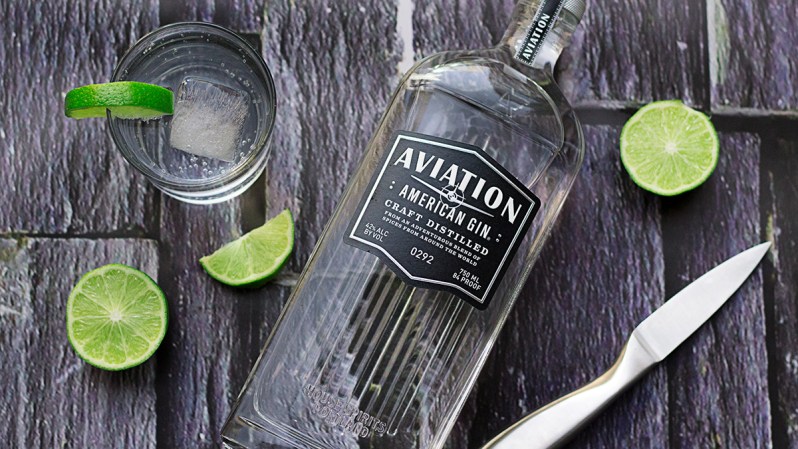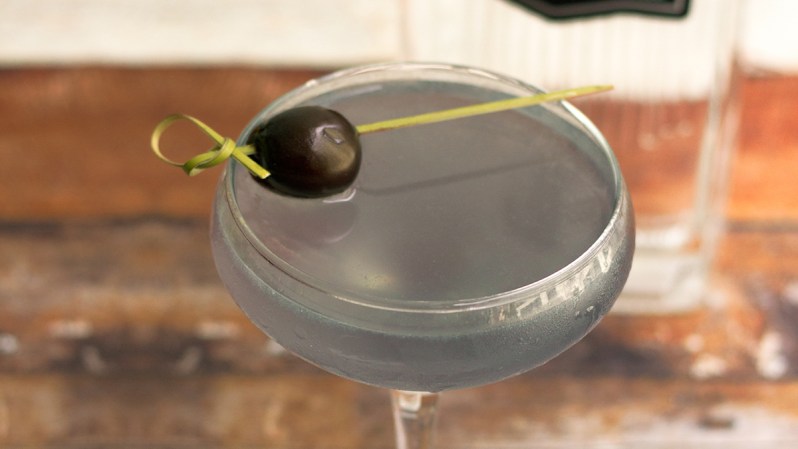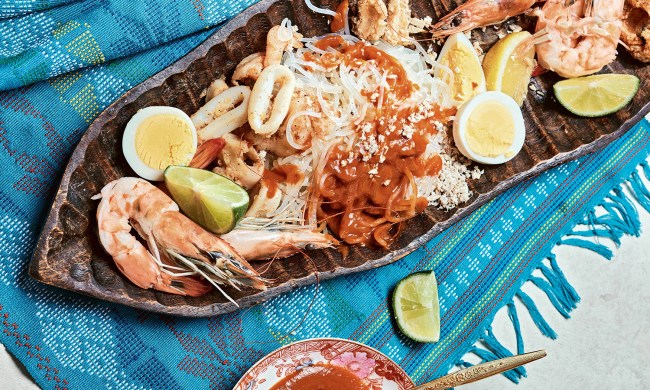For most, gin is probably just gin (or Pine-sol, for those that are maybe new to the category). But, once you dive into the wonderful world of gin, you quickly realize there is much, much more there.
Not only do you have the London Dry Gin (which is what you’ve more than likely had if you’ve ever been out at a bar and ordered a gin and tonic with, well, gin), but there is Plymouth Gin (what is seen as the base for the original Martini cocktail), Old Tom Gin (the base for the original Tom Collins), Sloe Gin (which is a liqueur, not actually gin), and Dutch Genever (which can often have a palate very similar to whisky due to how it is produced and aged).

Lately, though, another style of gin has been popping up—American Gin. Made exactly where you think, American gins are the product of the vibrant craft distilling scene across the country. To find out more about the style as a whole, we sat down with Aviation Gin’s Brand Ambassador, Travis Tober, who gave us the ginny (yeah, we went there) on the style.
Overall, the biggest thing you’ll notice about American-style gins is that they are not as Juniper forward as their cousins from across the pond. There is still juniper in it (it wouldn’t be gin, otherwise), but the palate is more balanced and there is more on the back palate than you might find in a typical London Dry gin.
For Aviation, the botanical recipe was based off the classic Aviation cocktail (also where they got the name from). Christian Krogstad, who created Aviation at House Spirits Distillery in Portland, had wanted to make a “summer gin” and after a number of trials, decided on the recipe that would become Aviation—a recipe that recreates the botanical profile of the cocktail.

Making a gin that is deemed American-style—in America—just makes sense when you think about it.
“Celebrating American originals is in our blood, so it’s no surprise that the rise of craft distilleries has increased the visibility and availability of American Gin across the U.S. When Aviation was first being made, there was less then 100 craft spirit producers. In March of 2016 that number increased to 1200,” Tober said.
Aviation, while recognized by Wine Enthusiast as the highest-rated gin, is not alone in the American Gin category. New York Distilling Company’s Dorothy Parker American Gin, FEW American Gin, and Leopold Brothers Leopold’s American Small Batch Gin are all great examples of this newest style of gin.



